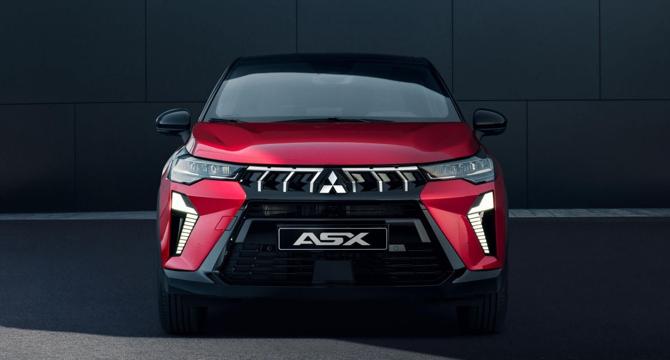CarExpert
2w
150

Image Credit: CarExpert
What is rebadging and why do car brands do it?
- Rebadging in cars refers to sharing a vehicle between companies with minimal changes, usually limited to badging and trim details.
- It is a term used in the automotive world that denotes a shared vehicle between companies, often perceived as just changing the badge or trim details.
- Platform sharing can sometimes involve more effort, like unique sheet metal or interior design differences between two vehicles.
- Rebadging was prevalent in the past, with companies like Ford, Nissan, Holden, Toyota, and others participating in mutual rebadging agreements.
- Car brands may engage in rebadging due to a lack of investment or resources to develop a product for a specific segment.
- Rebadging can extend to various vehicles sold in Australia, such as the Isuzu D-Max and Mazda BT-50.
- While rebadging can offer cost-effective solutions, its commercial success can vary, with some examples facing mixed outcomes.
- Rebadging may involve unique styling changes or shared components, depending on the agreement between the brands involved.
- Upcoming rebadged cars in Australia include the next-generation Mitsubishi ASX (Renault Captur) and Chery Tiggo 9/Jaecoo J8.
- Rebadging is not limited to minor changes like badging; sometimes it includes unique styling and mechanical tweaks for differentiation.
Read Full Article
9 Likes
For uninterrupted reading, download the app